Don't miss out on the best jobs!
Subscribe to HelpGoAbroad and weekly we will sent you an email with latest job posts. Provide your email address below
Sharks have become the villains of the sea thanks to theatrical portrayals like Jaws and Discovery Channel’s Shark Week, which was originally meant to educate the public about how sharks are not the fearsome creatures that Hollywood makes them out to be, but has now deteriorated into overhyped adrenaline fuelled programs about Air Jaws, which highlights white sharks breaching during feeding or the fictional mock-umentaries about monstrous prehistoric sharks that are still lurking beneath the waves.
Unfortunately for sharks, it isn’t just Hollywood and television that are contributing to their tainted name, but the news media sensationalize shark attack reports ten fold. The issue with many of the shark attack reports by any news group is that they highlight the trauma and devastation to the human victim, rather than the reality of the conditions that the attack occurred in, the chances of a shark attack happening to anyone else and the destruction that humans inflict on the shark species.
Statistically speaking, there have been more shark attacks each year, but that is not due to more sharks getting bigger appetites for humans- it is actually because there are just more humans in the water. In fact there are less sharks than ever before as humans kill 2 million sharks everyday.
There are several acts that humans partake in that are causing the increase in shark attacks, and yet sharks continued to take the blame for merely following their natural instinct in their natural environment. Here are a few of the world’s shark hotspots that should be regarded with caution and sensibility if you plan on heading into the water. Sharks do not hunt humans, but they do confuse us for prey, so take note of the reasons that attacks have occurred and be a savvy swimmer in shark infested waters!
Maui, Hawai’i, USA
This past October, Maui encountered three different tiger shark attacks in one week. After 2013, where there were eight total attacks, the general media is sensationalizing the frequency of these attacks with as much emphasis on the dangers of sharks in Maui as it possibly can. However, if you read reports from Hawaiian based news sources, you will learn that the conditions within which the attacks occurred were not in favour of safe water protocol such as murky water, comparable to chocolate milk. The reason that a local Hawaiian based news sources, compared to global news groups would discuss this factor is because local Hawaiians understand that these conditions are conducive to shark attacks.
It should also be mentioned that it is currently mating season for tiger sharks off the coast of Maui, which means not only increased numbers of sharks in the area, but both males and females have intensified behaviour given the particular season. Another factor includes the positive increase in the green sea turtle population in the waters surrounding Maui, which is fantastic news for the sea turtles, and even better news for tiger sharks who’s favourite meal are sea turtles.
Surf Beach, Vandenberg, CA & Fletcher Cover, Solana Beach, CA
California is the second most popular spot for shark attacks in the United States and these two beaches in Southern California are hotspots for great white sharks, which thrive on the warm seal-filled waters. Surf Beach has a sea lion population that has been noted to read the hundreds of thousands, so it is to be expected that when great white sharks begin to reach lengths of 10 feet, they will go where the food goes. Given the likeness between a sea lion and a surfer, from a shark’s underwater perspective, it is only once they have sunken their teeth into a human or surfboard that they realize that it is not the prey they were intending to dine on.
Fletcher Cove has had several unprovoked attacks occur in the past 15 years. It should however be noted that scientists are well aware of the prime feeding ground that is the stretch of shore between Point Conception to Baja. Not only will the millions of spawning fish draw sharks, most often great whites but it also provides an affluent breeding ground thanks to the abundance of food and warm temperatures.
Sharks are also attracted to splashing, especially in large quantities because it indicates that an animal is in trouble, either wounded or struggling to some capacity. A triathlon that was taking place at Fletcher Cove led to one man being taken by shark as he was amidst the massive crowd of swimmers partaking in the first leg of the race.
Sharm El Sheikh, Egypt
Though not as shark infested as other locations, this beach had a very bad week in November 2010. In a span of only six days, five snorkelers were attacked by sharks, which were reportedly of the Mako and Oceanic White Tip species. Of the five attacks, the last was fatal but researchers investigating the attacks soon realized that the shark bites were unusual in that they were on the victim’s hands and rear ends. It was soon discovered that this was because of the fact that there was a scuba-diving instructor that had been hand feeding the sharks in order to procure a larger tip from his customers, by bringing them up close and personal with the sharks. In reality, what they had done was to train the sharks to associate humans with food, and thanks to hand feeding them and keeping a pouch of feed at the rear, the sharks simply repeated what they had been trained to do and came to the hand (and rear) that feeds.
In addition to this incompetence of human understanding for the way marine wildlife should be treated, the locals will toss sheep carcasses into the water, which are easy prey for hungry sharks. There is also the issue of overfishing, where humans are depleting sharks’ natural food supply, sharks are having to migrate closer and closer to shore to find food and with more and more people entering and enjoying the water, it seems only logical that there would be increased shark attacks.
New Smyrna Beach & Ponce de Leon Inlet, Florida, USA
If there is any body of water where your possibility of being attacked by a shark is high, Florida takes the cake. New Smyrna beach consistently records more shark attacks each year than any other beach in the world, but it should be noted that there has still never been a fatal incident, only attacks. This beach is usually inhabited by a population of juvenile bull sharks who are just learning what is and isn’t food. Despite the incredibly high numbers of shark attacks, there are still several swimmers who brave the waters of Volusia County. With the human population increasing every year, meaning more people in the water, which means a higher likelihood for shark attacks to occur. Increasing numbers of swimmers, surfers and even fisherman in the water are one distinct factor in the heightened number of attacks, not because sharks are learning that humans are a great addition to their diet. Ponce de Leon Inlet, also in Volusia County, Florida is another location that should be enjoyed with caution as several spinner and black tip sharks have been spotted here and as many as 23 attacks in one year have occurred at this spot.
Australia
Although there are certain areas of Australia that receive higher records of attacks than others, the waters surrounding the entire continent are prime habitat for various species of sharks. Perth, in Western Australia has been receiving a lot of attention in the past few years- initially for the alarming increase in shark attacks by great white sharks, but for the reaction from the government to approve a culling initiative. With the waters of Perth as a known great white breeding ground, it should be noted that this is their habitat, and culling thousands of sharks in an attempt to control their habits of attacking humans who are entering their domain is not the most efficient nor logical or sustainable method of shark attack prevention. Locals of Western Australia heavily opposed the culling initiative, even those who had been directly affected by the shark attacks.
Other Australian locations that have a prevalent shark presence are the beaches stretching from Byron Bay down to Bondi Beach, where up to 55 fatalities and 171 attacks have been recorded. The conditions in this area include a large continental shelf just off shore, where pelagic sharks such as great whites will dwell in the deeper areas, and coastal sharks are pushed closer to the shore where people are enjoying the beach and splashing in the waves.
Second Beach, Port St. Johns, South Africa
When people think of sharks, an image that immediately springs to mind is the majestic eruption of a great white shark breaching as it encloses its jaws around a seal. A large majority of the footage of great white sharks exhibiting this behaviour was filmed near Seal Island, which is located in South Africa. This country also promotes the tourist attraction of cage diving, and while there are some companies that practice sustainable and eco-friendly methods of attracting sharks to the cages, others will throw in hefty buckets of bloody chum and meat. This technique reinforces that humans are associated with food and there has been a distinct rise in the number of shark attacks since the cage diving industry took off. Learn how you can partake in eco-tourist practices if you are interested in experiencing sharks while abroad.
Reunion Island
Despite how few people know of Reunion Island, if you are at all involved in the shark world, this special location will certainly come up on your radar. The shark situation in Reunion is considered one of the world’s worst shark attach locations, to the point that the government has actually put a legal ban on surfing and swimming in certain areas of the island, that will result in a fine if caught swimming in these restricted areas.
Despite the ban, the shark attacks continued and similar to Western Australia, the French government suggested a culling process. There were several who opposed this, calling it an inhumane practice, and in attempt to justify the culling, the French government sanctioned a team of researchers to take a specific number of tiger sharks and bull sharks for science. At the time, there was a disease that was contaminating the fish, a major source of income for the hundreds of Reunionese fishermen, and the researchers were meant to dissect the shark species in an attempt to solve the issue. Many Reunionese people found the scientific culling inadequate and participated in a rogue exhibition, where a large group of people chose to lead their own culling initiative and rallied several boats filled with vengeful islanders to kill as many sharks as they could.
There are still several people who feared the frequency of attacks and the extreme proximity to shore that the attacks were occurring. Also similar to Australia, there is a shelf that drops from shallow water into depths more inhabitable for tiger sharks. With their a tendency to hunt for prey in shallower waters where sea turtles swim along the surface of the water, much like humans enjoying the warm sunshine splashing and playing in the ocean, a 15-year old girl, dog and others have been taken by sharks.
On top of all of this, Reunion Island has several locations where inland fresh water meets the salty sea to create brackish water, which is one of a bull shark’s favourite habitats. When it rains, the runoff from the rivers is carried out and dispersed along the coast of the island, giving bull sharks an even larger domain.
Conclusion
There are various statistics about how many other dangers in the world can kill you compared to shark attacks, but that doesn’t decrease the amount of fatalities and incidents that are still occurring more and more each year. It is up to the population to remain informed about shark sightings, appropriate conditions for enjoying the water, the risks of certain activities such as surfing, kayaking and stand up paddle boarding and to maintain respect for the deadly beauty of the shark species.
Sign in to publish a comment
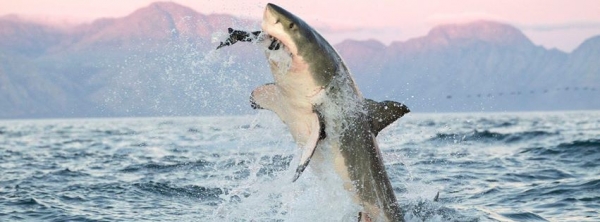
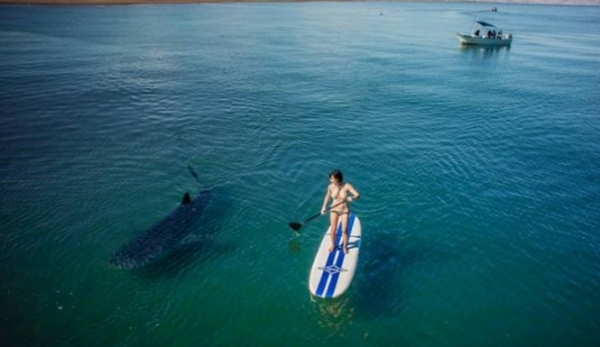
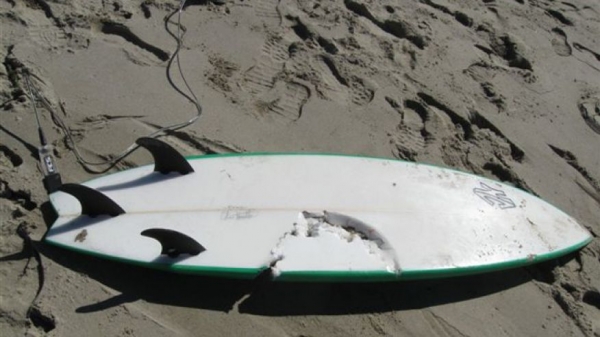
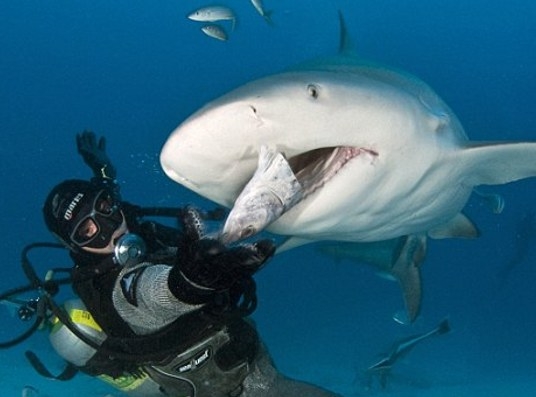
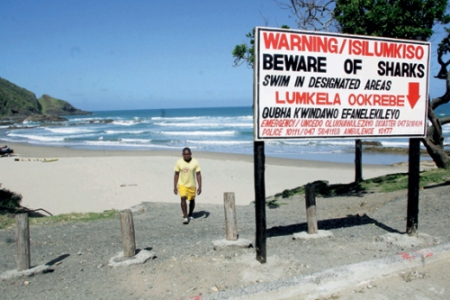
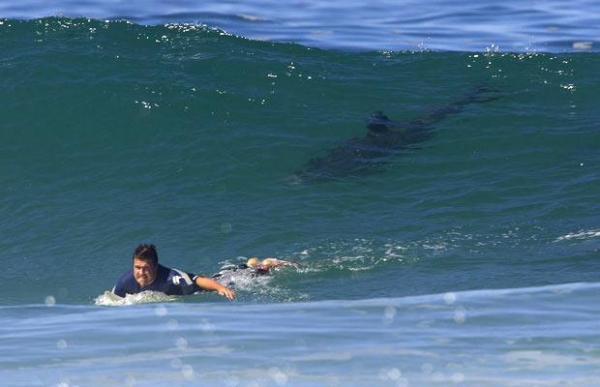
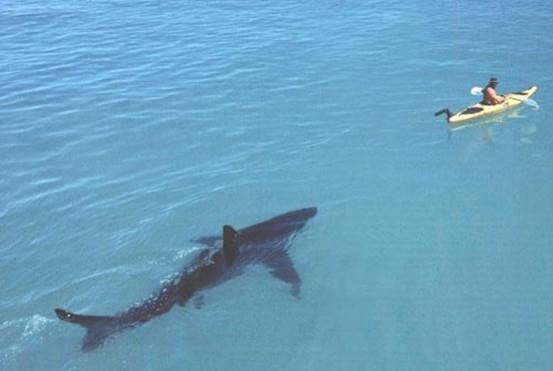
Be the first to comment on this post.